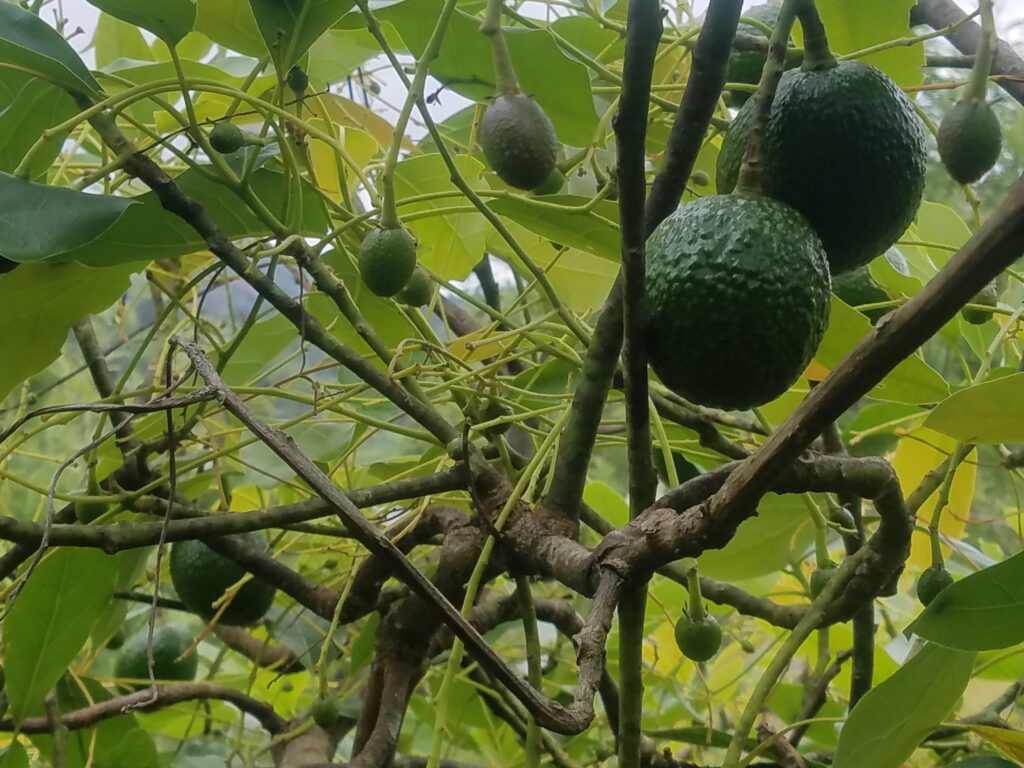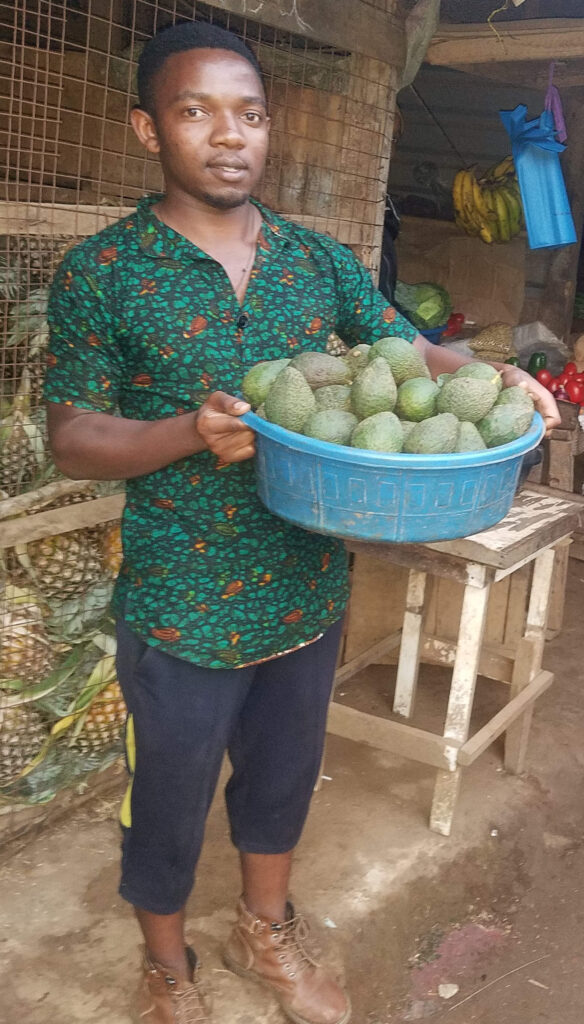Plant Trees, Plant Food Security
Trees provide many benefits as we all know, including channeling rainwater into substrata aquifers before it becomes damaging runoff. To varying degrees, depending on the species, trees sequester carbon and help cool the planet. From the Friends of Usambara Society (FUS), our tree-planting partner in Tanzania, comes the story of how trees are used to regenerate soil and create income and food security for thousands of people, and do so at an incredibly low cost per tree.

Avocados are now grown around the world in equatorial zones, and East Africa is an area of increasing production. Based in the Usambara Mountain region of Tanzania, FUS has helped plant more than one million avocado fruit-bearing trees, and has perfected the art and science of grafting to encourage production.

Grafting is a technique used to join parts from two or more plants so that they appear to grow as a single plant. In grafting, a branch or upper part (scion) of one plant grows on the root system (rootstock) of another plant. Despite being labor-intensive, there are many benefits of this technique. For example, the time required for the grafted scion to first produce fruit can be reduced, in some cases by many years.
Why avocados? They are a great source of vitamins C, E, and B-6, as well as riboflavin, niacin, folate, pantothenic acid, magnesium, and potassium. They also provide lutein, beta-carotene, and healthy omega-3 fatty acids. Demand for this “berry”, as it’s technically a fruit not a vegetable, is growing is growing throughout the world, especially in Africa and Europe.
In proper conditions, avocados can grow from seed to over 4 feet tall in 10-12 weeks. At this time the best branches/scions can be cut and grafted onto more mature rootstock trees. The “host” trees can also be avocado trees (at least three years old), other fruiting trees, or any other tree species.
In less than three years, these scion branches are producing market-sized avocado fruit. This approach accelerates the production process greatly, since an avocado tree on its own normally won’t start producing large fruit until it is about seven years old. Also, carefully selecting the rootstock results in more efficient land use.
Properly cultivated, one tree can produce up to 3,000 avocados per year. Up to 200 fruiting trees can be cultivated in one acre, or about the size of a football field. This means even a small plot can provide income and food security for many families.

About 40% of the Usambara region’s avocado production goes to markets, including those in Dar es Salaam and even across the border into Kenya. The remaining 60% is consumed by the local population, contributing to a high-nutrient diet.
Also, the avocado trees and other rootstock help secure the soil and retain moisture, so that other ground-based species can be inter-cropped in close proximity. These ground crops include highly nutritious vegetables such as cabbages, carrots, onions, tomatoes, and broccoli.
Besides nourishing the people and providing increased economic stability, all of this agroforestry activity stimulates healthy microbial activity, minimizes water run-off, and pulls carbon out of the atmosphere and back into the soil where it belongs. Though the trees are only part of the equation, without them the process would not be possible.
